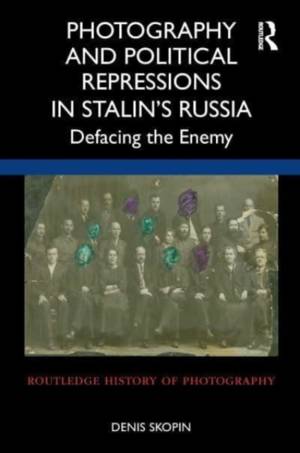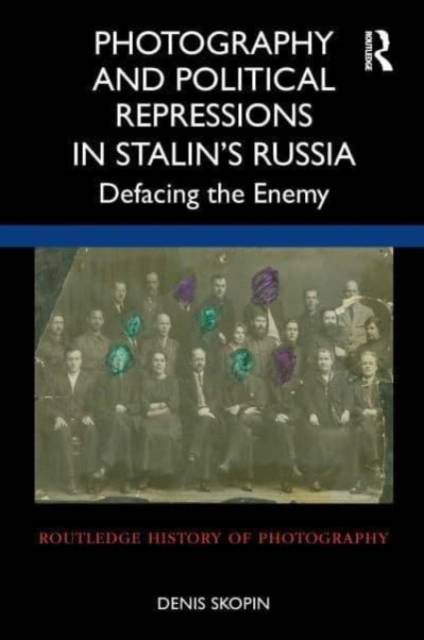
- Retrait gratuit dans votre magasin Club
- 7.000.000 titres dans notre catalogue
- Payer en toute sécurité
- Toujours un magasin près de chez vous
- Retrait gratuit dans votre magasin Club
- 7.000.0000 titres dans notre catalogue
- Payer en toute sécurité
- Toujours un magasin près de chez vous
Description
This book is devoted to the phenomenon of removal of people declared "public enemies" from group photographs in Stalin's Russia.
The book is based on long-term empirical research in Russian archives and includes 57 photographs that are exceptional in terms of historical interest: all these images bear traces of editing in the form of various marks, such as blacking-out, excisions or scratches. The illustrative materials also include a group of photographs with inscriptions left by officers of Stalin's secret police, the NKVD. To approach this extensive visual material, Denis Skopin draws on a wealth of Stalin-era written sources: memoirs, diaries and official documents. He argues that this kind of political iconoclasm cannot be confused with censorship nor vandalism. The practice in question is more harrowing and morally twisted, for in most cases the photos were defaced by those who were part of victim's intimate circle: his/her colleagues, friends or even close family members.
The book will be of interest to scholars working in history of photography, art history, visual culture, Russian studies and Russian history and politics.
Spécifications
Parties prenantes
- Auteur(s) :
- Editeur:
Contenu
- Nombre de pages :
- 156
- Langue:
- Anglais
- Collection :
Caractéristiques
- EAN:
- 9781032027050
- Date de parution :
- 30-03-22
- Format:
- Livre relié
- Format numérique:
- Genaaid
- Dimensions :
- 175 mm x 246 mm
- Poids :
- 819 g

Les avis
Nous publions uniquement les avis qui respectent les conditions requises. Consultez nos conditions pour les avis.






